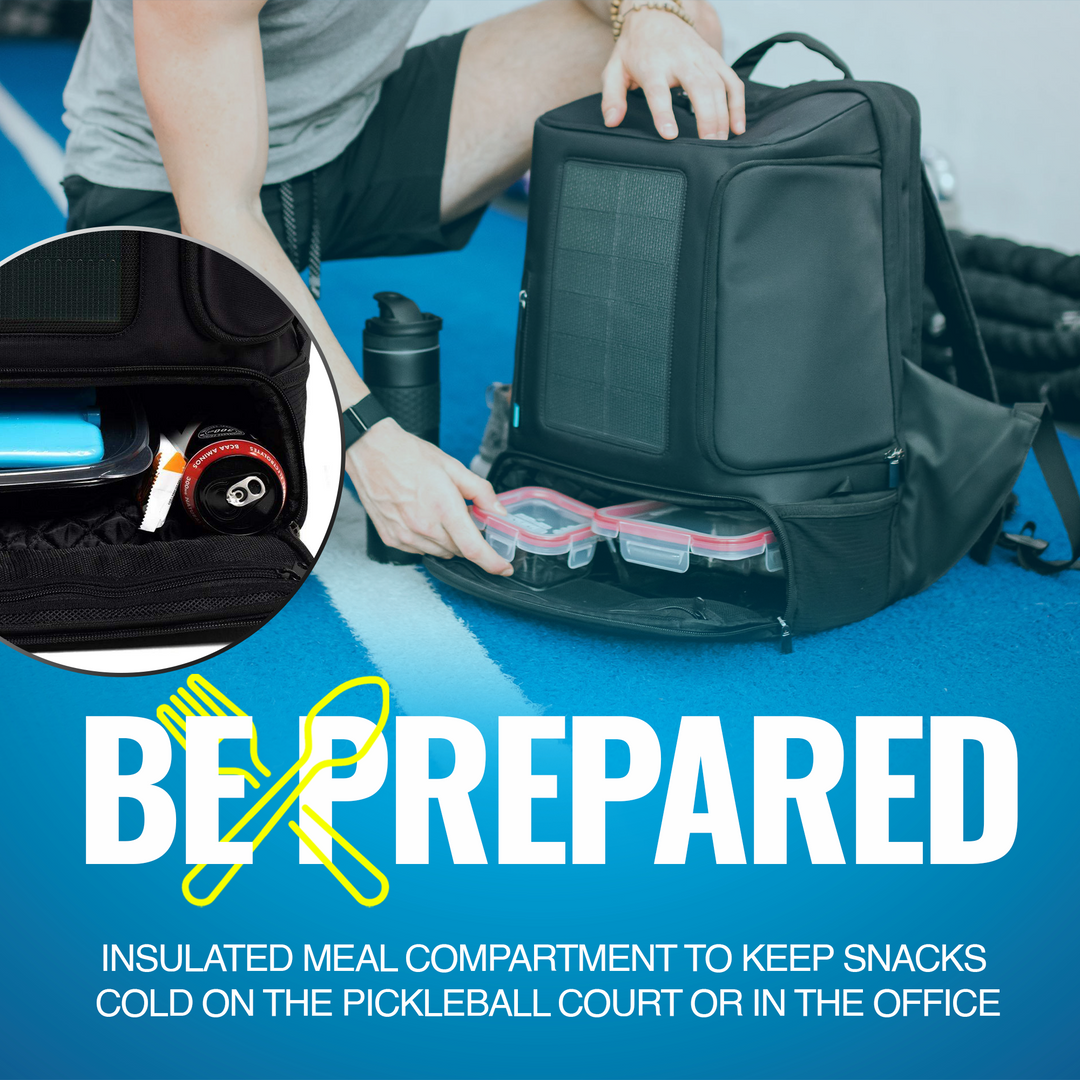Checked Bag vs. Carry-on: What You Need To Know

As frequent travelers, we have always wondered which type of bag to bring when we’re traveling. Depending on the length of the trip, sometimes we’re torn between a carry-on or a checked bag.
But do you know there is a much simpler way to choose between the two?
Let’s start with the following questions: Do you prefer to pack light and skip paying checked bag fees? Alternatively, would you rather have the liberty of packing more travel items while avoiding the frustration of trying to stuff your bulky luggage into a cramped overhead bin?
Before anything else, let’s try to define and differentiate these two. A carry-on bag is the type of luggage travelers can take on an airplane—the one you bring in the cabin. On the other hand, checked baggage is transported in the plane’s cargo area, the one you leave at the check-in counter and claim upon arrival.
Now that we’ve defined the two, here are a few differences. First, there are differences in what you can put in your carry-on bag versus your checked bag.
We advise you always to check the rules and regulations of the airline you’re traveling with to be sure you’ve packed what is permitted on a plane but based on our experience as frequent fliers, here’s a list of essential items that should always be in your carry-on luggage: Important travel documents (e.g., passport), money, objects of monetary value (e.g., jewelry), daily medications, electronics, toiletries (e.g., toothbrush and toothpaste).
Liquids are prohibited from being brought into the cabin and thus in your carry-on bag. The TSA follows a 3-1-1 rule. That is, only 3.4 oz or 100 ml of liquid can be placed in a quart-sized bag, and a flier is only allowed one bag, hence the 3-1-1 rule.
Carry-on luggage also has to conform to a particular size. Including handles and wheels, the maximum dimensions for a carry-on are 22 inches long, 14 inches wide, and 9 inches high.
Personal items are limited to 17 inches long, 10 inches wide, and 9 inches high. Unless your bag or luggage conforms to this measurement, you don’t have a choice but to check them in.
The great thing is that we have bags such as RUK Pack’s Limitless Duffle Bag and Infinite Solar Pack that are not only TSA-approved but also boast a 40L capacity that makes them perfect for your weekend trips. These bags also have separate insulated compartments to keep your food warm or cold, as the case may be.
Both of these bags feature a business sleeve where you can put your laptops and other gadgets in the event you want to work on a few things while on vacation.
Conclusion
So, to answer whether you have to check in your bag or not, it still depends. If you want to save money, you should carry your bags. We recommend checking your airline’s policy to ensure they don’t charge a fee for this. To save time, you should pay for priority boarding and use a carry-on.
Lastly, to maximize comfort, you should check your bags and ensure your carry-on has all the conveniences you want for the flight.


